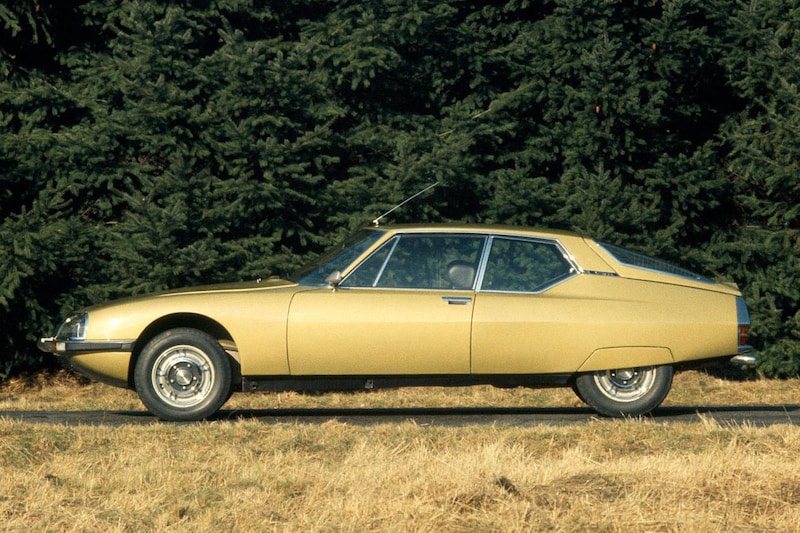

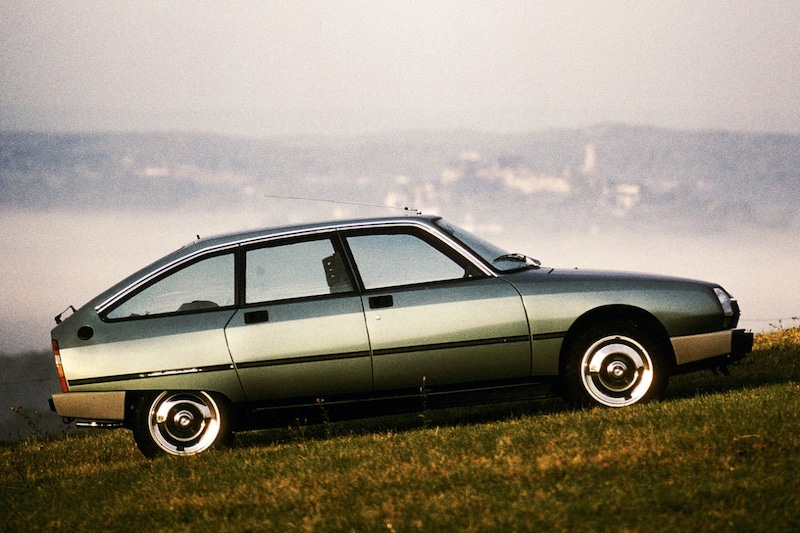
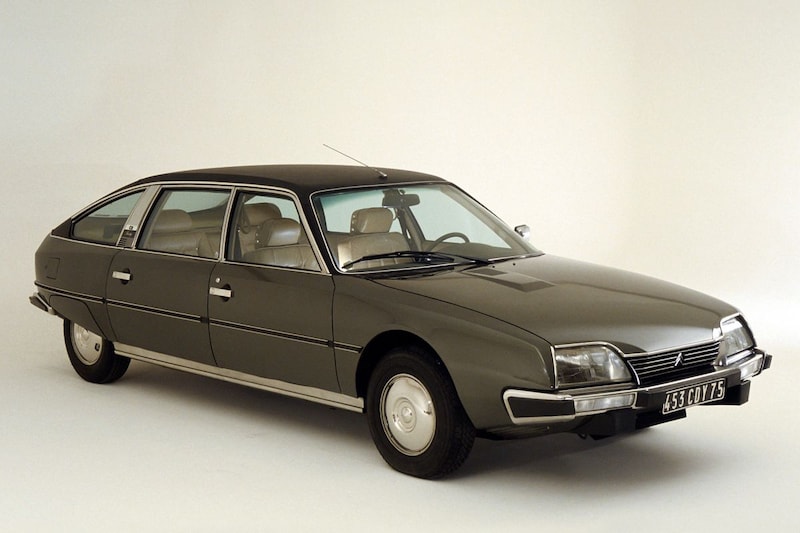
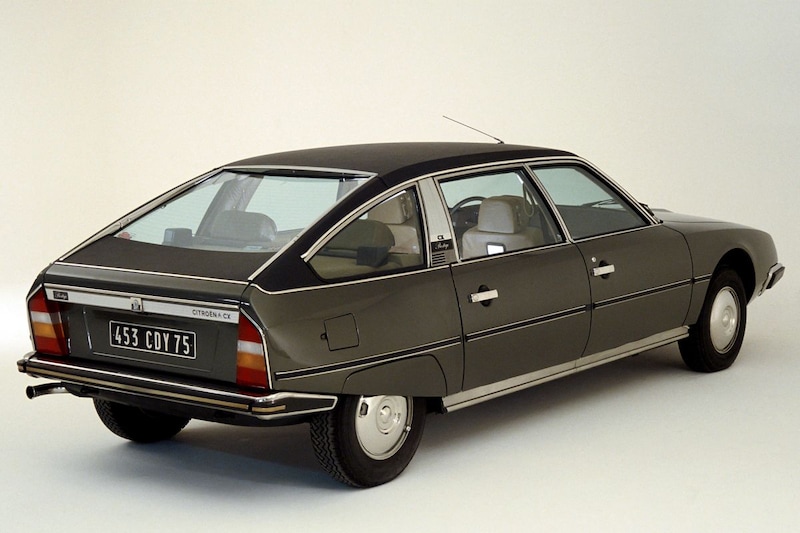
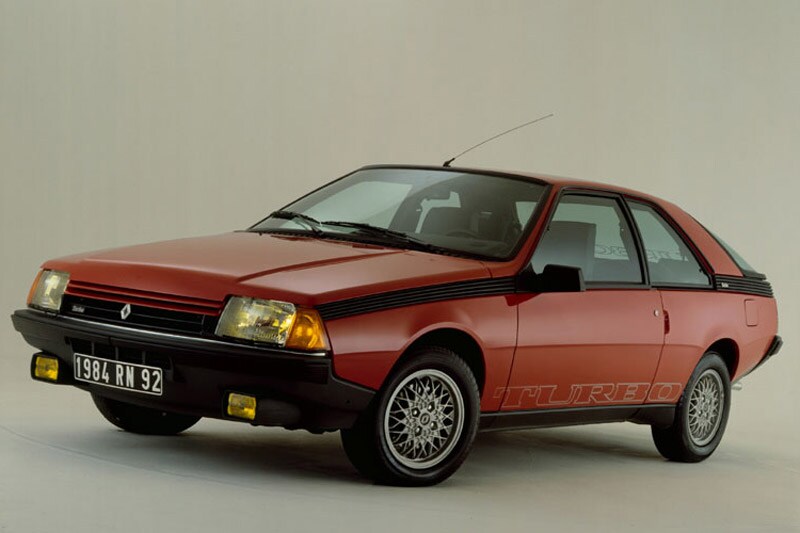
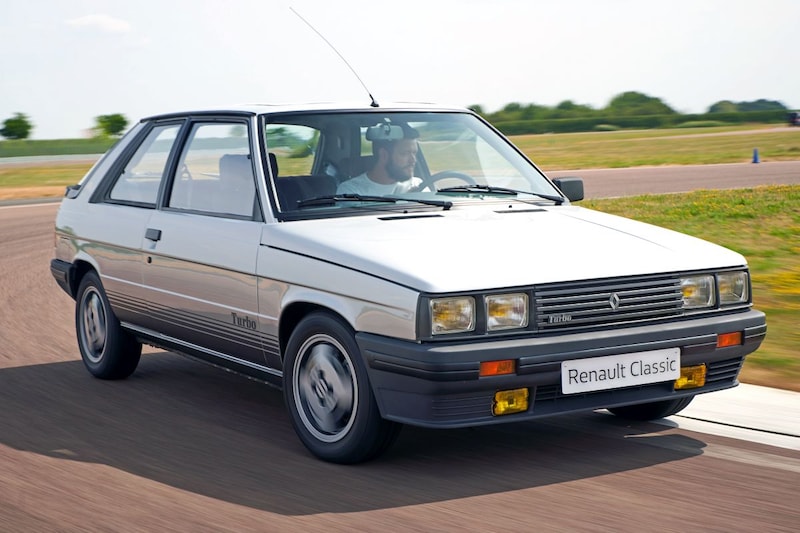
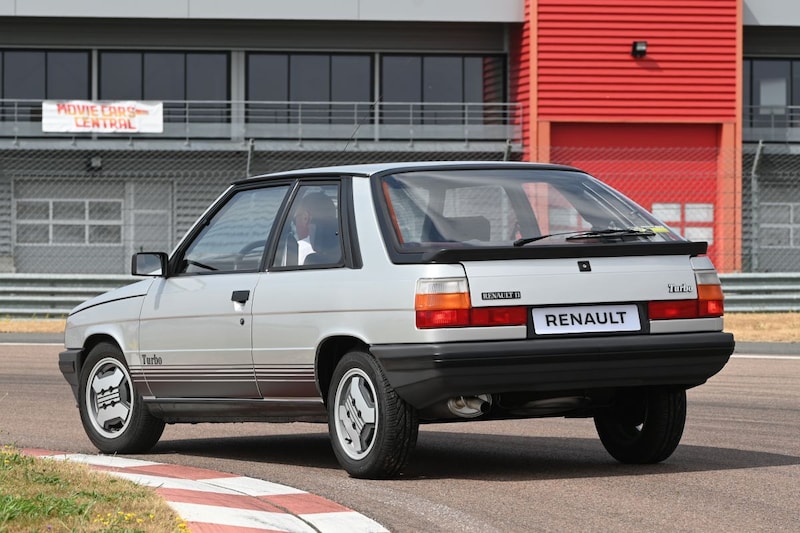
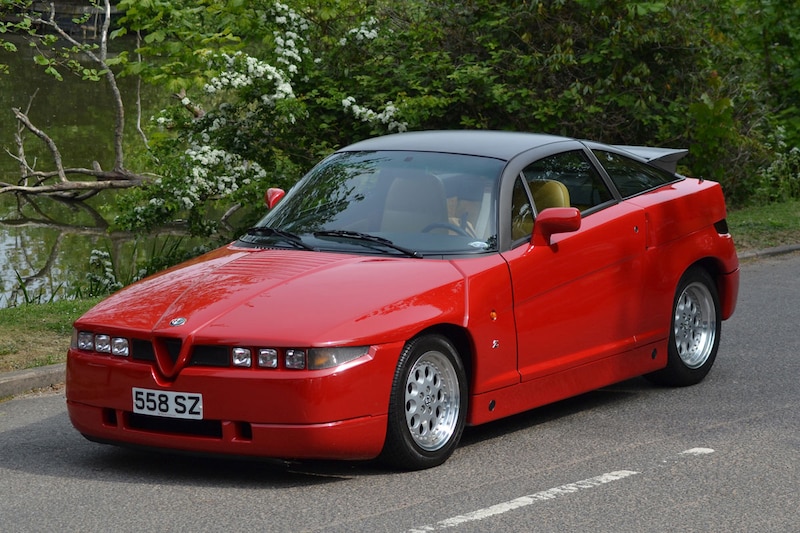
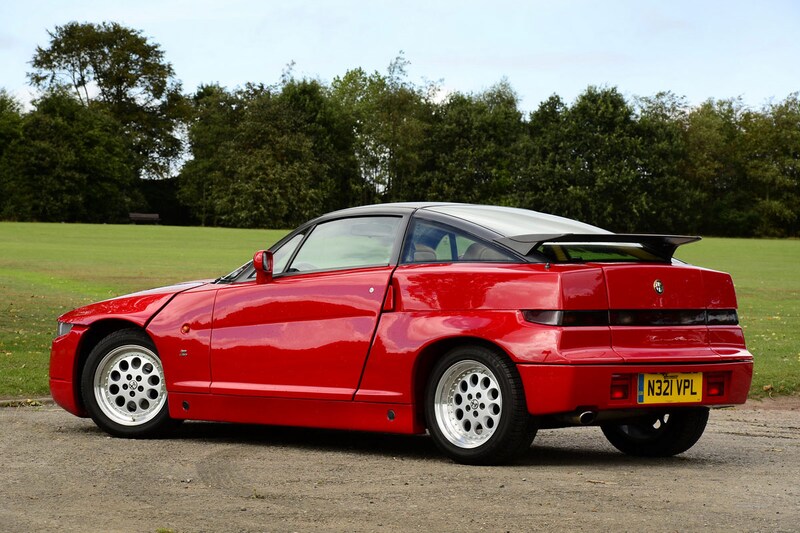
Sad news: Robert Opron is gone. The French car designer, who died of the corona virus at the age of 89, leaves behind a fairly wide heritage of models.
Opron did not initially start his career in the automotive industry. He studied architecture at the École nationale supérieure des Beaux-Arts in Paris and initially turned to aviation before joining Simca in 1958. He had worked there for less than three years because his department was closed. Because he had signed a non-competition clause, he was not immediately allowed to look elsewhere in the car industry.
After a brief interlude of one year as a designer of home appliances, he started work for Citroën in 1962. There he started under Flaminio Bertoni, the man who was responsible for, among other things, the 2CV, DS and Traction Avant. When Bertoni died in 1964, Opron became Citroën’s chief designer. In his time at Citroën, Opron was responsible for, among other things, the facelift of the DS in 1967, with the four round headlights behind glass. Completely new models from Opron’s hand were the GS, SM and CX, with which he made the Citroën style a lot more modern. Unfortunately, it did not help Citroën, because the money had run out and in 1974 the brand merged with Peugeot thanks to the French government.

The Citroën SM is one of Opron’s most iconic designs.
Not long after, Opron exchanged Citroën for Renault, where he oversaw the facelift of the Alpine A310 and was responsible, among other things, for the Renault Fuego and the Renault 10, -11 and 25. It was not only with the cars, but also the angular truck Renault Magnum was designed by Opron. The clean lines and right angles were therefore an important style characteristic of the French master designer. After Renault, he worked at Fiat’s Centro Stile. There he drew the iconic Alfa Romeo SZ and RZ. In the period since then he has done independent consultancy work, eventually retiring in 2001.
In his career, Opron was particularly praised for his qualities as a team player. He was also able to translate style elements from his study models into practice, so that his designs could not be described as ‘boring’ in the least. On March 29, he died from the effects of the corona virus in Anthony’s hospital in Paris.